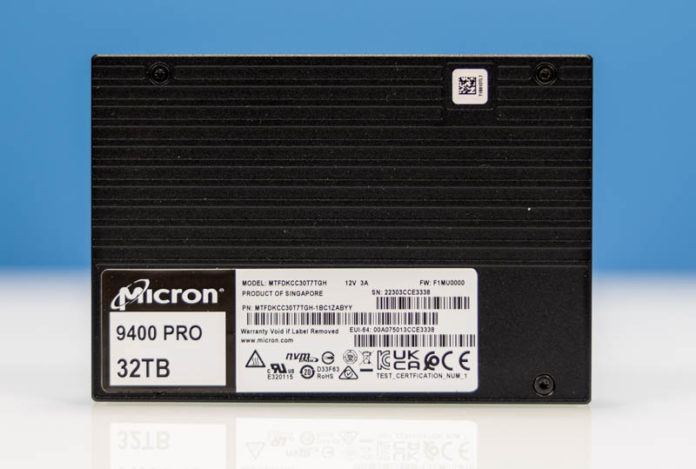For those that do not know, I am on the road in Scottsdale, AZ this week to check out wedding venues, but also to film something in Phoenix this week that will go live in a few weeks. Before leaving, I recorded a quick Micron 9400 Pro video since folks seemed to be interested in Eric’s review last week. Alex finished the video while I was away and it went live a bit earlier today.
A Quick Micron 9400 Pro Video
This one was a bit later than our Micron 9400 Pro review. Normally we try to release videos along with reviews at the same time. This is one where we just saw more traffic on the web piece and so I wanted to record a short video. We have a small but growing video audience as well. If you want to see the video, you can check it out here:
We go over most of what was in the review, but with a bit more color commentary. I also show a few other options including Intel Optane drives, P4510’s, and CD6/ CM6 drives that we used and have used in the STH data centers.
Of course, for the best viewing experience, we always recommend opening the video in its own tab, browser, or app. The embedded viewer is not the best, but it is the easiest way to link content.
Final Words
My flight back to Austin is likely not going this afternoon, so a piece of content is going to go live tomorrow instead. (We need to re-shoot a photo.) Still, I figured why not post a quick video of the new SSD since there were so many folks that read the review last week.
We should be getting back to server reviews later this week. There are a bunch of projects at STH that we are almost done with as we move past the Sapphire Rapids release window.





This is very revolutionary in the SMB space. A single high core count CPU plus the ability to put a pair of these (at different sizes as needed) in RAID1 will cover a large percentage of server needs for many orgs. It’s actually cheaper in many cases vs having a SAS array and possibly more reliable in the long run.
My big question is if a NVMe hardware raid device could keep up with these or if VROC would work better. I’d love to see some benchmarks. I also find a lot of the OEMs, such as Dell, don’t open up access to VROC. Not to mention they lock down pricing for these type of drives at ridiculous levels.